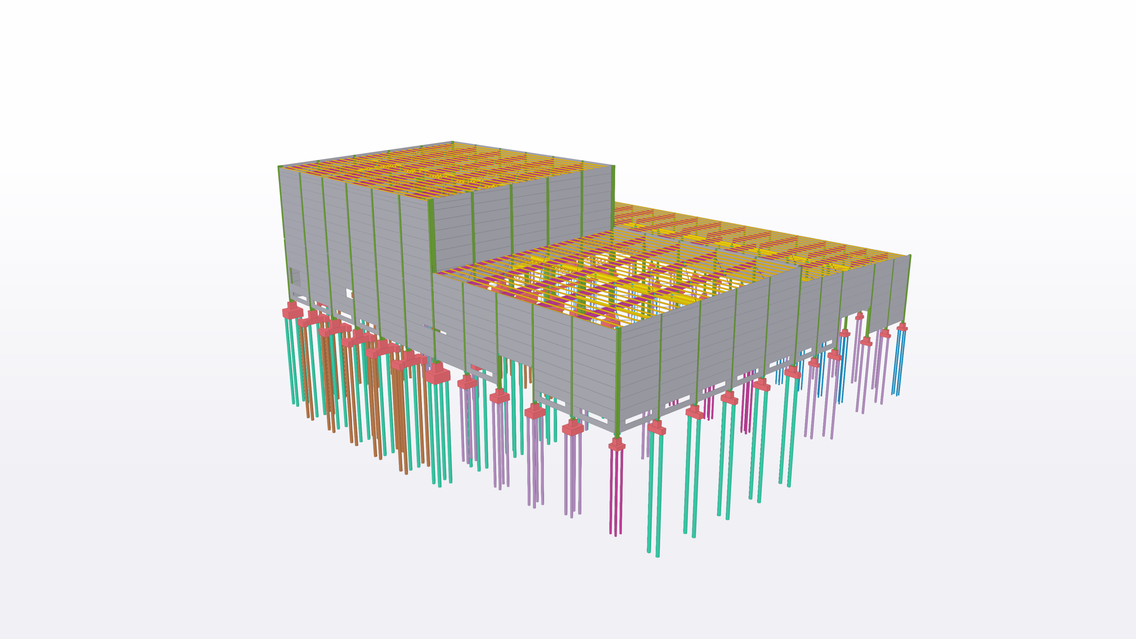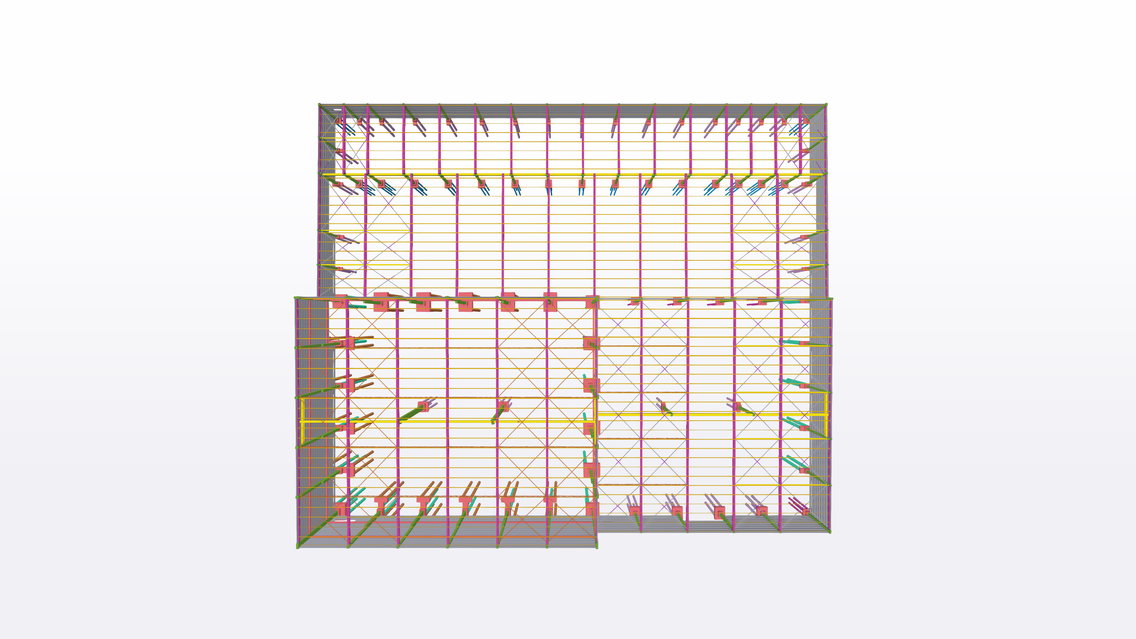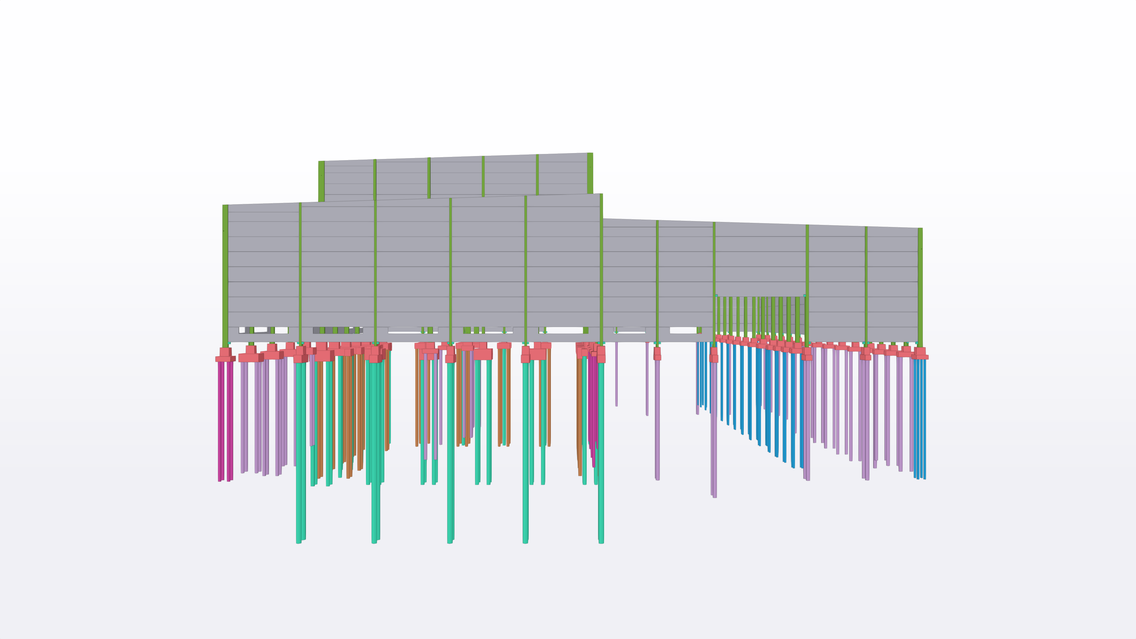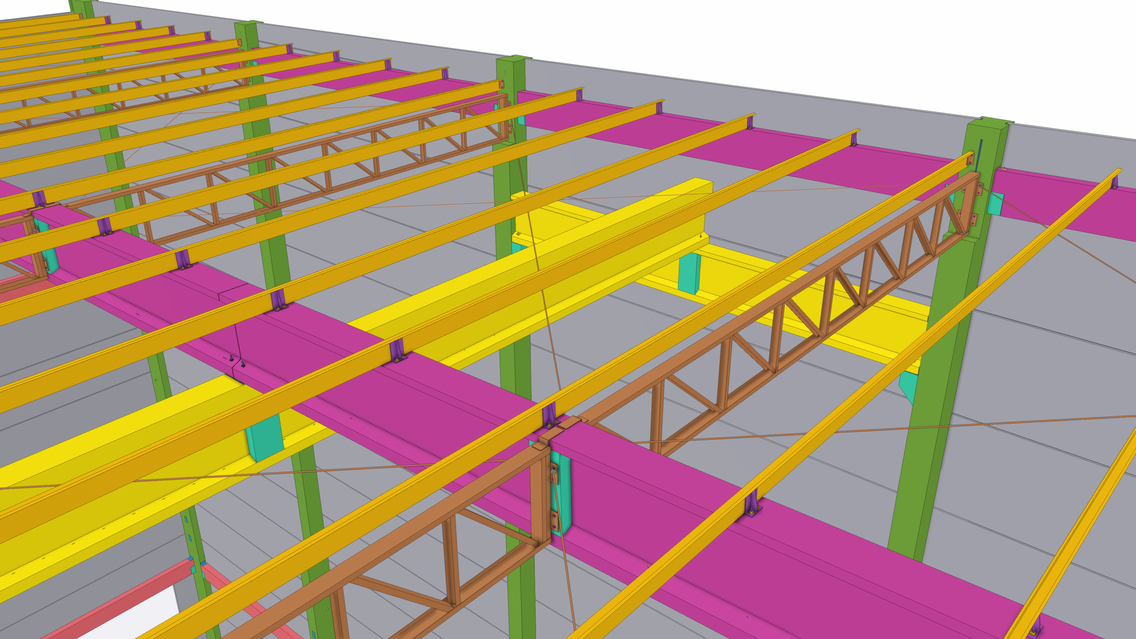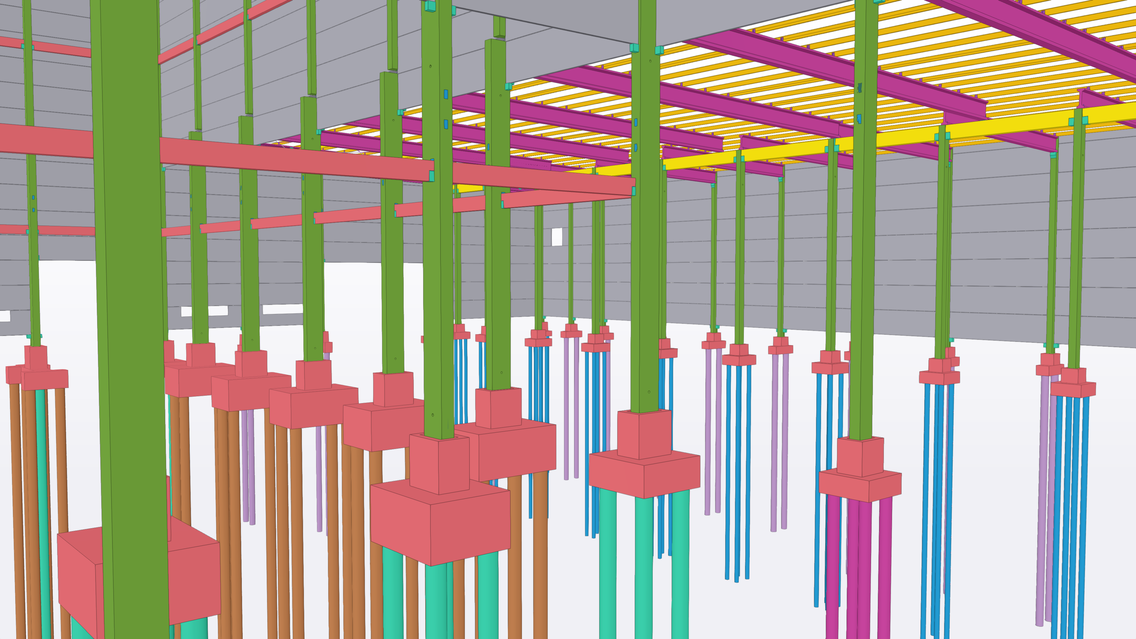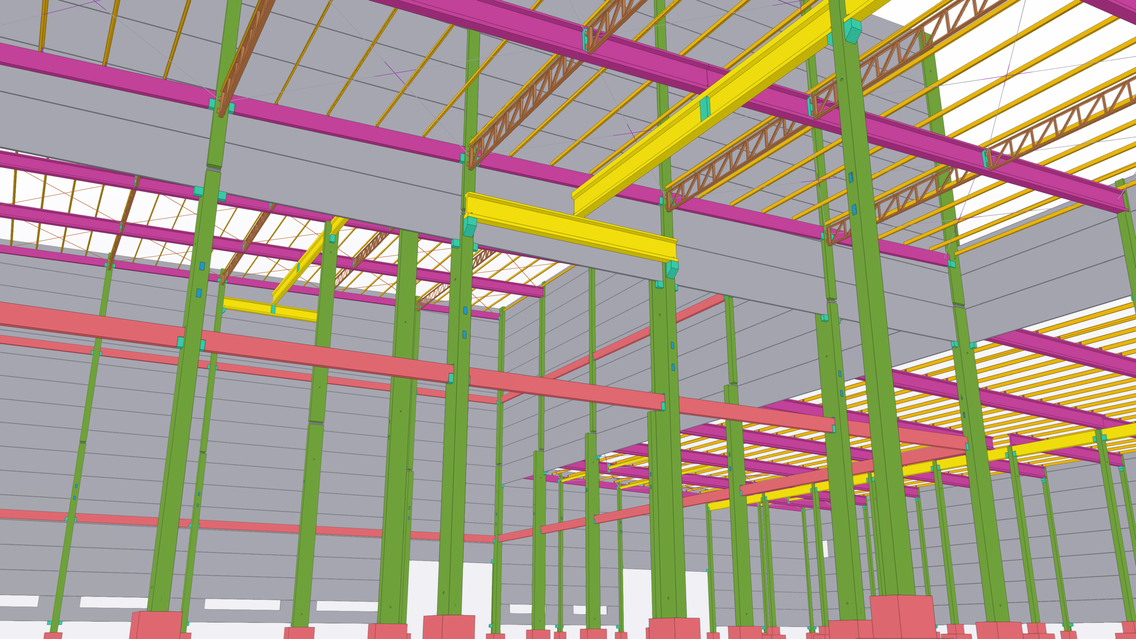The Dexco 070 project is a luxury coverings factory, owner of the brands Deca, Portinari, Hydra, Duratex, Castelatto, Ceusa, and Durafloor. It consists of two individual works designed and executed by Pré-vale.
About the project
A difference was the placement of the spliced pillars, with a total height of 36.49m. The work had 30m of free span in the highest part.
The amount invested by the company Dexco will be around R$600 million for the construction of the complex.
The complex totals more than 72,000 sqm and will have the capacity to produce around 500,000 sqm, per line, per month., which amounts to around 10 million sqm of coverings per year.
This project is one of the most modern coatings factories in the world, with 4.0 technology, which guarantees greater sustainability and efficiency in the process. The system implemented in the factory allows for a reduction in the consumption of raw materials, reducing CO2 emissions.
Dexco provided the Botucatu/SP region with an opportunity for those looking to learn a new profession or re-enter the job market in partnership with SENAI through a free professional training program for the manufacture of ceramic tiles. At the end of the training, suitable candidates were able to be hired to work at the new Dexco unit.
The work carried out in prefabricated concrete by the company Pré-vale opened new doors to the large industrial market, with a high level of demand. With each overcoming, Pré-vale developed, becoming a reference in the design, production, and execution of works. The two stages, internally named lots 69 and 70, presented great challenges. The work entered in the Tekla BIM Awards, Brasil, will be Lot 70, a project of large proportions, due to the equipment that will be allocated, bringing more efficiency to the manufacturing process.
The project needed to be aligned with the needs of each piece of equipment, including a free height of 30 meters and coordination of the equipment assembly process and the work, which took place simultaneously.
Challenges and success
The main challenges faced were the simultaneous assembly of the atomizer, the compatibility of the internal civil structures with the precast and foundations, in addition to logistical coordination for the arrival of equipment and assembly dates.
Project success was achieved through the ability to adapt to transitional needs, design adjustments to accommodate assembly requirements and efficient coordination between the design and execution teams.
In the specific case of the central pillars, it allowed the development of creative solutions to face challenges such as slenderness, resulting in 50x110 pillars that could resist the slenderness imposed by the inability to insert bracing beams and other specific project conditions.
What we are most proud of in the project is the ability to overcome complex challenges, such as assembling the atomizer simultaneously and coordinating different heights and structures, ensuring the success of the building. Furthermore, the pilot for monitoring construction status was an innovative initiative that contributed to the success of the project.
Benefits of using BIM and Tekla
The use of BIM and Tekla software provided a series of benefits for the project, such as visualization and integration of work status, facilitating monitoring and decision-making. Efficient compatibility with metal structures, equipment foundations, pipe racks and piping, reducing the risk of interference and rework. Checking reinforcement interferences, ensuring structural integrity and construction quality.
